Learn about the history of the Suez Canal
The Suez Canal is often hailed as one of the world’s greatest engineering feats. Stretching over 120 miles, it connects the Mediterranean Sea with the Red Sea, significantly reducing the travel distance between Europe and Asia.
Before the canal’s completion, ships had to navigate around the southern tip of Africa, adding weeks to their journeys. This waterway transformed international trade by providing a direct route that saved time, fuel, and resources.
Early Visions: The Ancient Attempts to Connect Two Seas

The concept of linking the Mediterranean and the Red Sea dates back to ancient times. Pharaohs of Egypt, particularly during the Middle Kingdom, are believed to have attempted to create a canal near the Nile River.
Historical evidence suggests that these early endeavors succeeded partially but were eventually abandoned. Ancient Greek historians, like Herodotus, recorded these ambitious projects, highlighting humanity’s longstanding desire to connect the two seas for trade and exploration.
Napoleon’s Dream: The French Influence on Suez Canal Plans
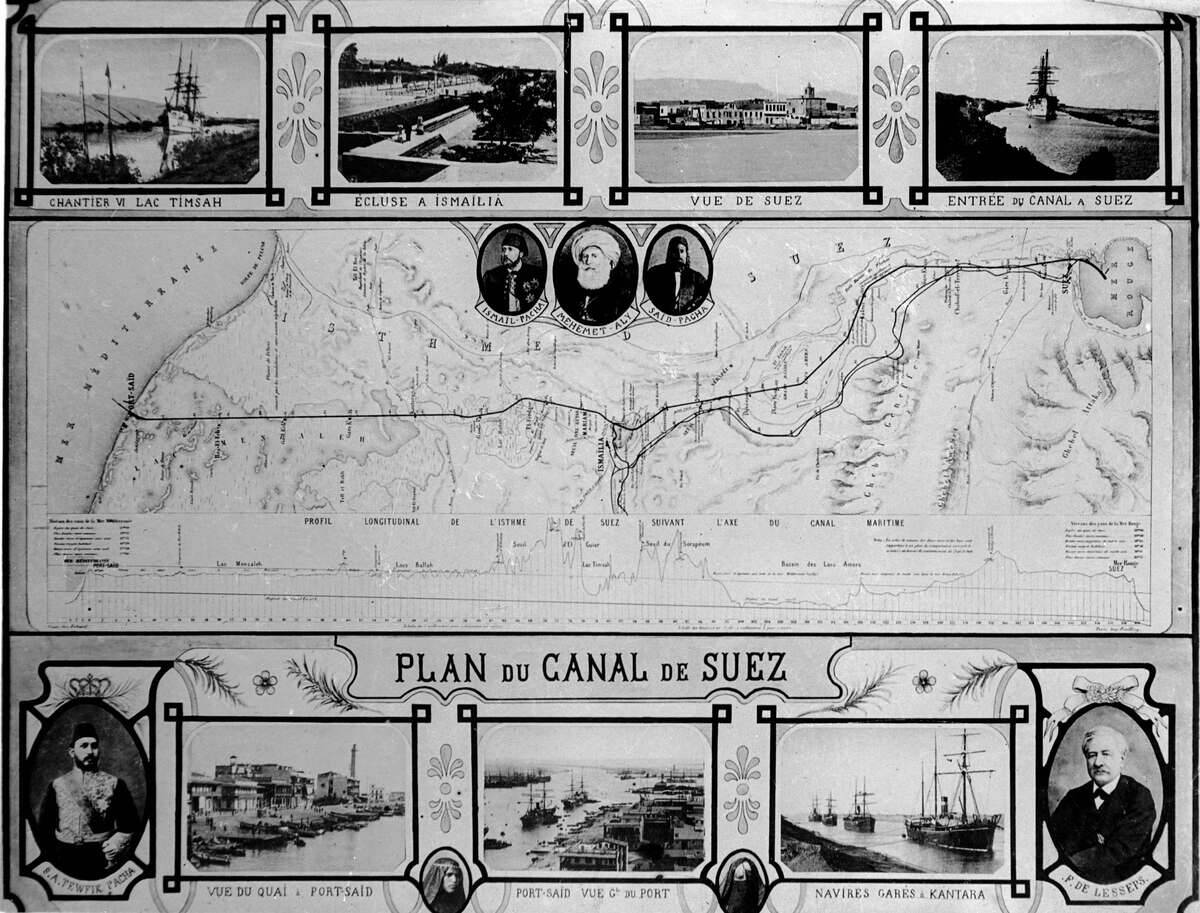
Napoleon Bonaparte saw the strategic potential of a canal during his Egyptian campaign in the late 18th century. Although his plans never came to fruition, his vision laid the groundwork for future projects.
French engineers conducted surveys, mistakenly concluding that the Red Sea was higher than the Mediterranean, which delayed progress. Despite these setbacks, Napoleon’s interest sparked a renewed focus on the region, paving the way for future developments.
The Birth of an Idea: Ferdinand de Lesseps Steps In
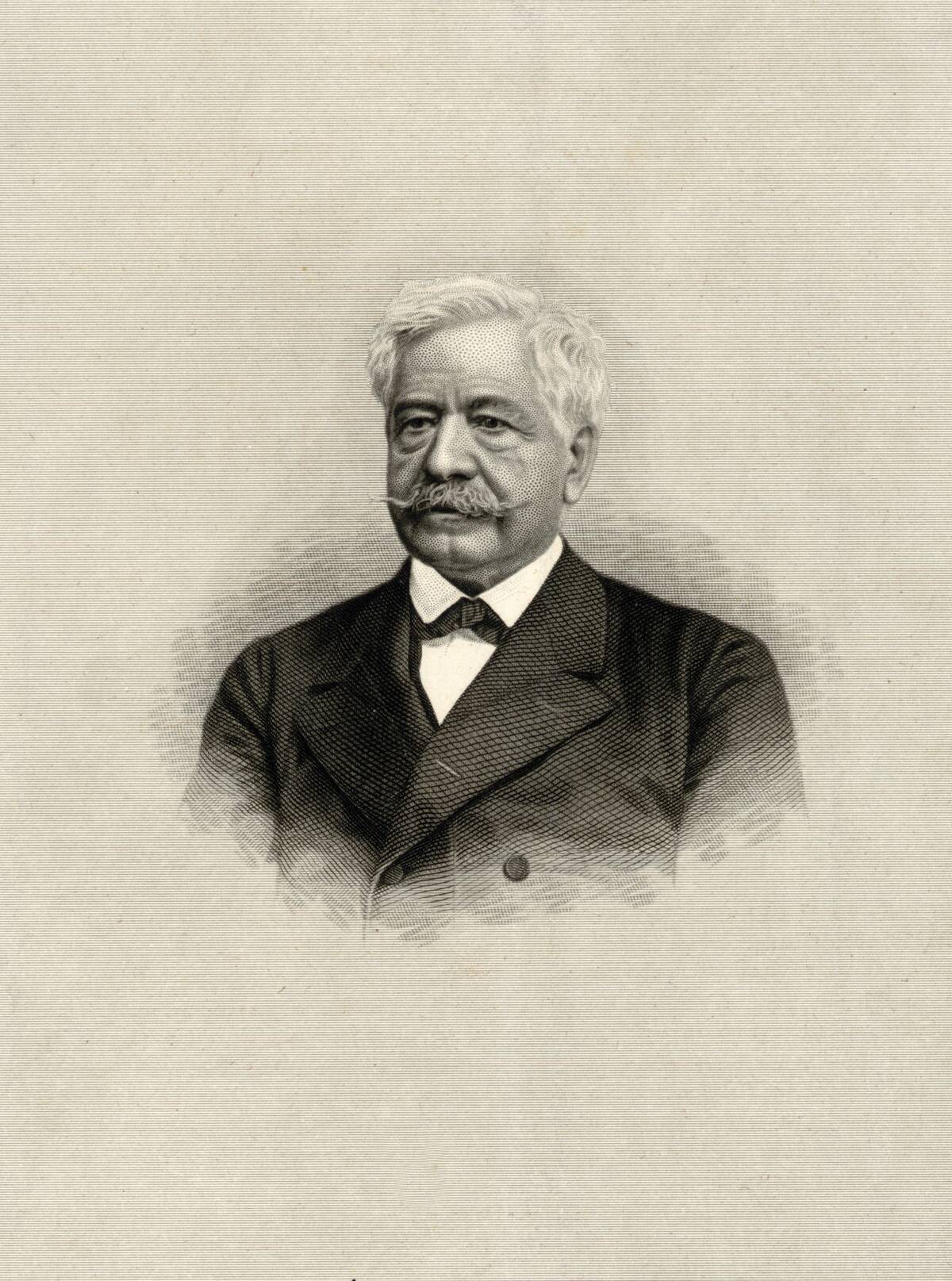
Ferdinand de Lesseps, a French diplomat, revived the canal idea in the mid-19th century. With a persuasive proposal, he obtained support from the Egyptian viceroy, Said Pasha, to form the Suez Canal Company.
De Lesseps’ vision was largely based on the commercial and strategic benefits the canal would bring. His diplomatic skills and networking were instrumental in garnering the international support needed to turn the dream into reality.
Breaking Ground: Construction Begins

Construction of the Suez Canal officially began in 1859. The initial phase focused on manually digging the canal, which proved to be a monumental task. Thousands of laborers, mainly Egyptian peasants known as fellahin, were conscripted to work under harsh conditions.
Despite the challenges, the project continued, fueled by de Lesseps’ relentless determination and the promise of transforming global maritime routes.
Digging Deep: The Challenges of Building the Canal
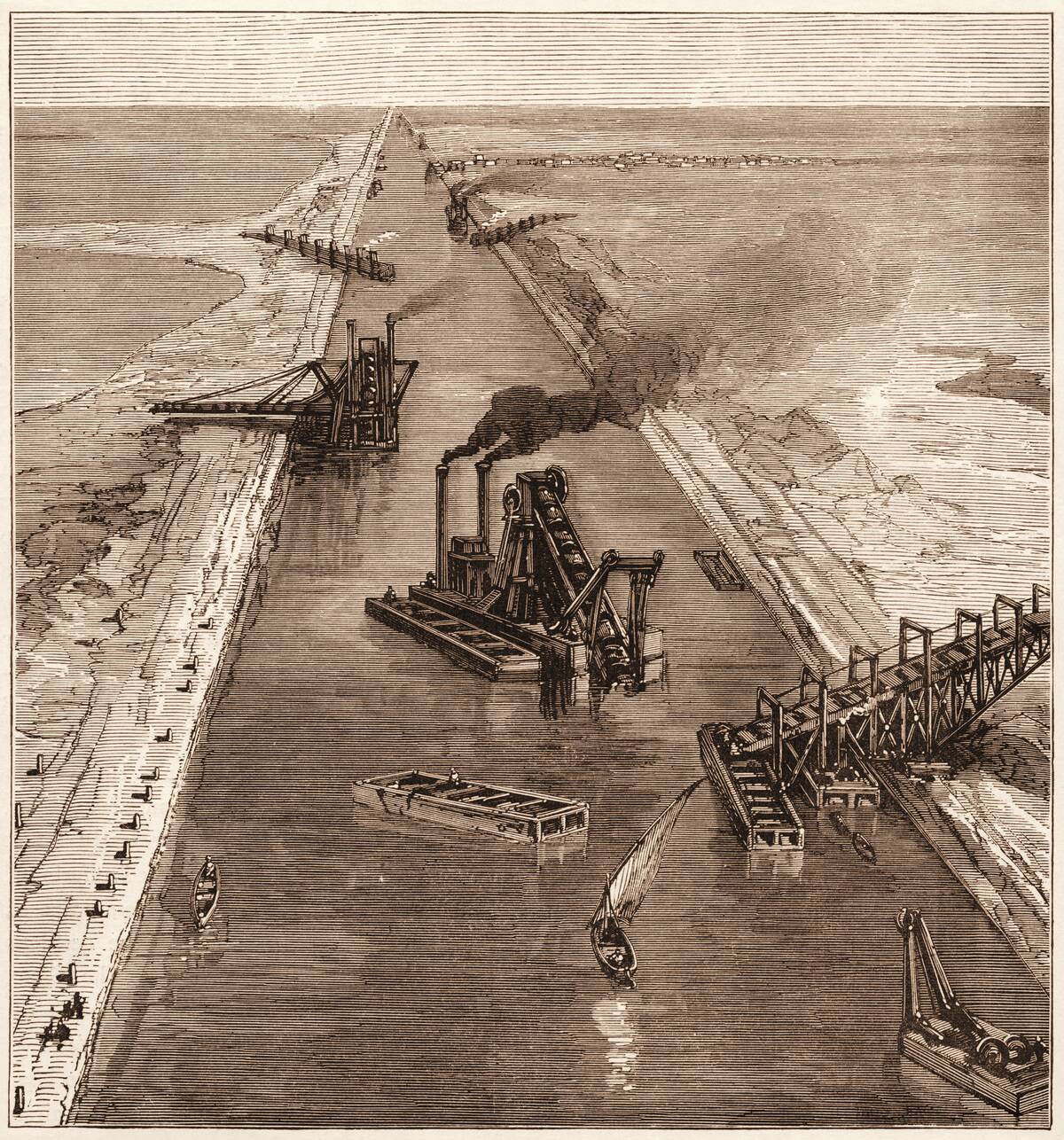
Building the Suez Canal was no easy feat, with technical and environmental hurdles complicating progress. Workers faced heat, disease, and difficult terrain as they excavated the canal.
The project also required innovative engineering solutions, including the use of steam-powered dredgers to remove sand and silt. Despite these obstacles, the canal’s construction marked a turning point in engineering, showcasing human resilience and ingenuity.
An International Effort: The Workforce Behind the Project
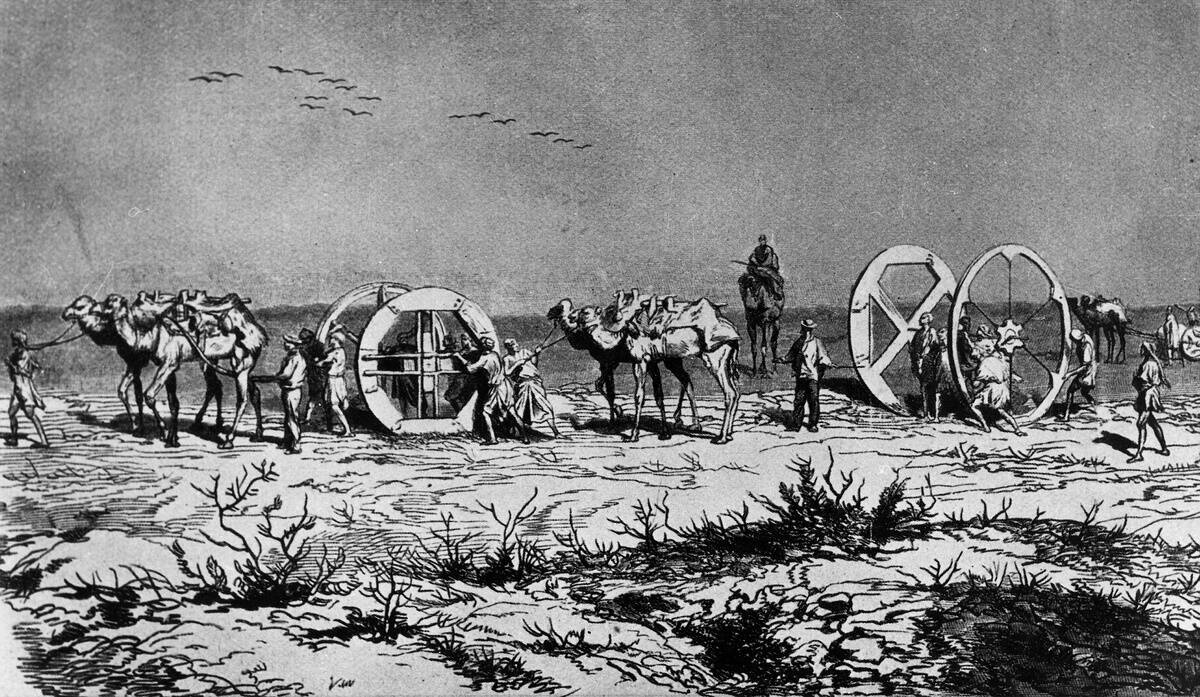
The Suez Canal’s construction was a truly international endeavor. While Egyptian labor formed the backbone of the workforce, skilled engineers and specialists came from Europe, particularly France.
This diverse team brought together a wide range of expertise and techniques. The collaborative spirit was essential in overcoming the logistical and technical challenges that arose during the decade-long construction process.
Triumph and Troubles: The Canal’s Completion in 1869
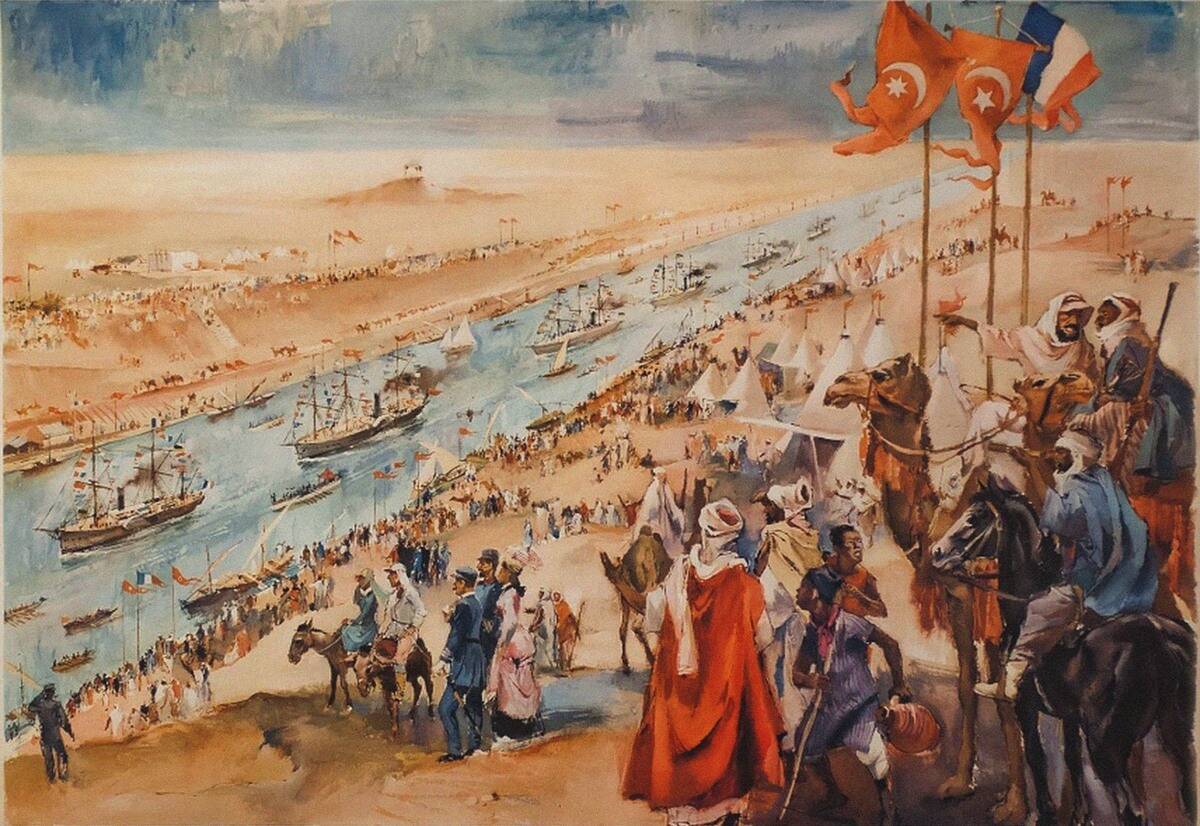
After ten years of arduous work, the Suez Canal was completed in 1869. Its completion was a triumph of human perseverance and vision. However, the canal’s opening was not without controversy.
Financial difficulties plagued the project, leading to increased foreign control over Egypt’s finances. Despite these troubles, the canal quickly became a vital artery for international trade, solidifying its place in history.
The Grand Opening: Celebrations and the First Voyage
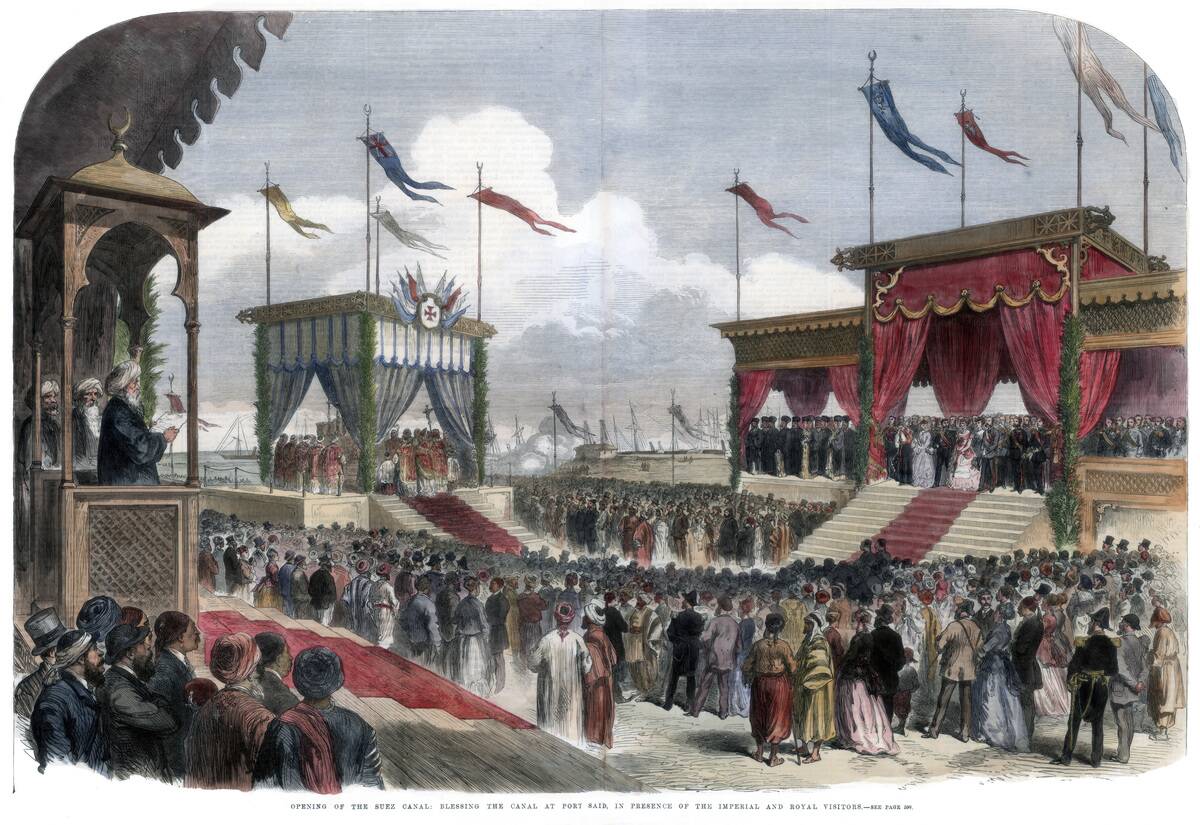
The Suez Canal’s grand opening on November 17, 1869, was a lavish affair attended by royalty and dignitaries from around the world. The first voyage through the canal was led by the French Empress Eugénie aboard the imperial yacht, L’Aigle.
This historic event marked the beginning of a new era in maritime navigation, celebrated with fireworks, banquets, and a grand flotilla of ships from various nations.
The Strategic Waterway: Importance in Global Trade

The Suez Canal quickly became a cornerstone of global trade, offering a shortcut that dramatically reduced travel time between Europe and Asia. It serves as a strategic maritime route, with about 10% of global trade passing through its waters today.
The canal’s importance is underscored by its ability to accommodate ships from all over the world, making it a critical link in the global supply chain.
Conflict and Control: The Suez Canal in the 20th Century
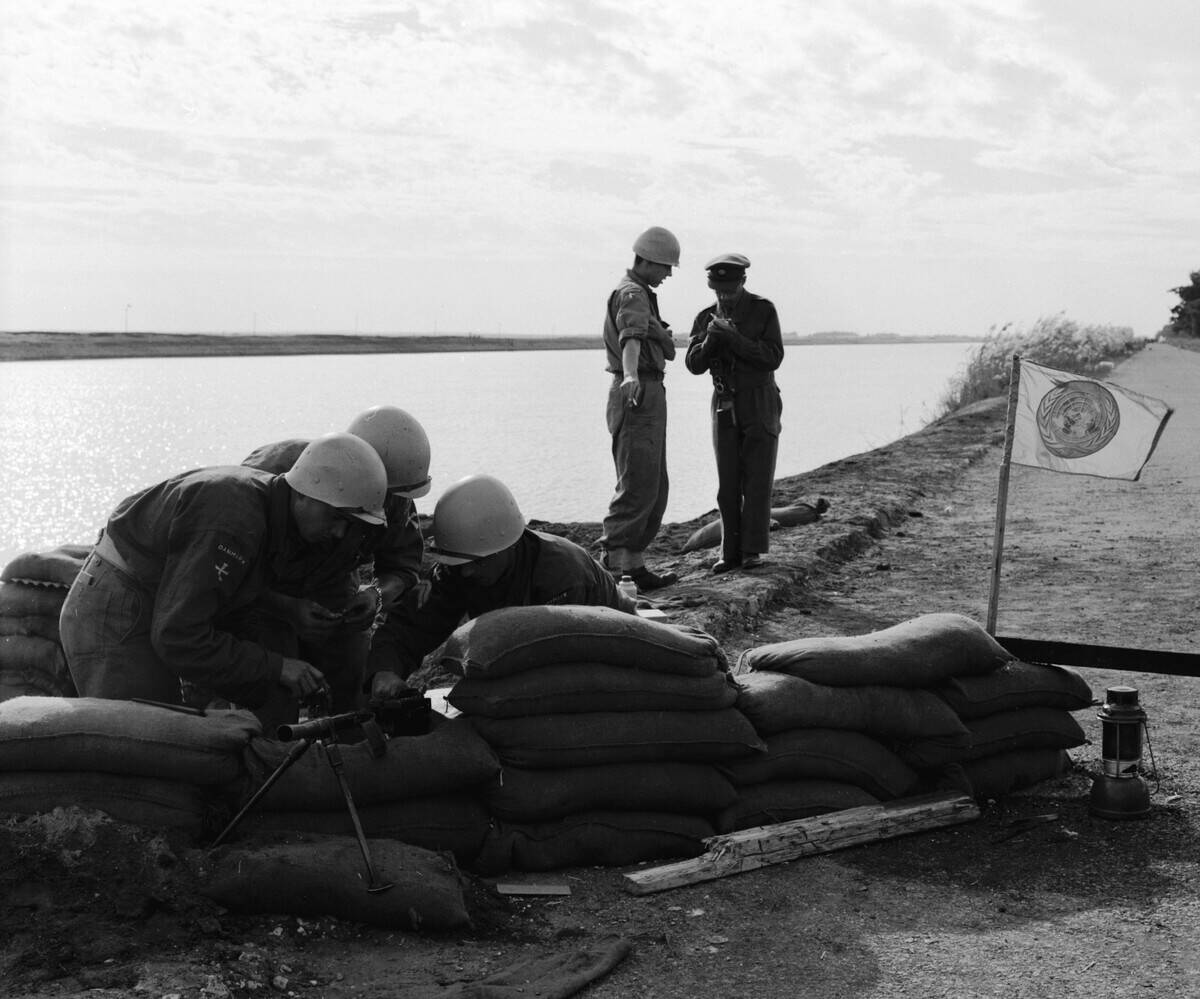
Throughout the 20th century, the Suez Canal was at the heart of geopolitical tensions. It was a focal point during the Suez Crisis of 1956, when Egypt nationalized the canal, leading to a military intervention by Britain, France, and Israel.
Control of the canal has been a recurring issue, with its strategic importance making it a target during times of conflict and political upheaval.
A Path to Peace: Nationalization and the Suez Crisis

In 1956, Egyptian President Gamal Abdel Nasser nationalized the Suez Canal, asserting control over this vital waterway. This bold move led to the Suez Crisis, as Britain, France, and Israel launched a military intervention.
The crisis highlighted the canal’s global significance and prompted international diplomatic efforts for a peaceful resolution. It eventually led to United Nations intervention and a shift in power dynamics along the canal.
Modernization Efforts: Making Way for Larger Vessels
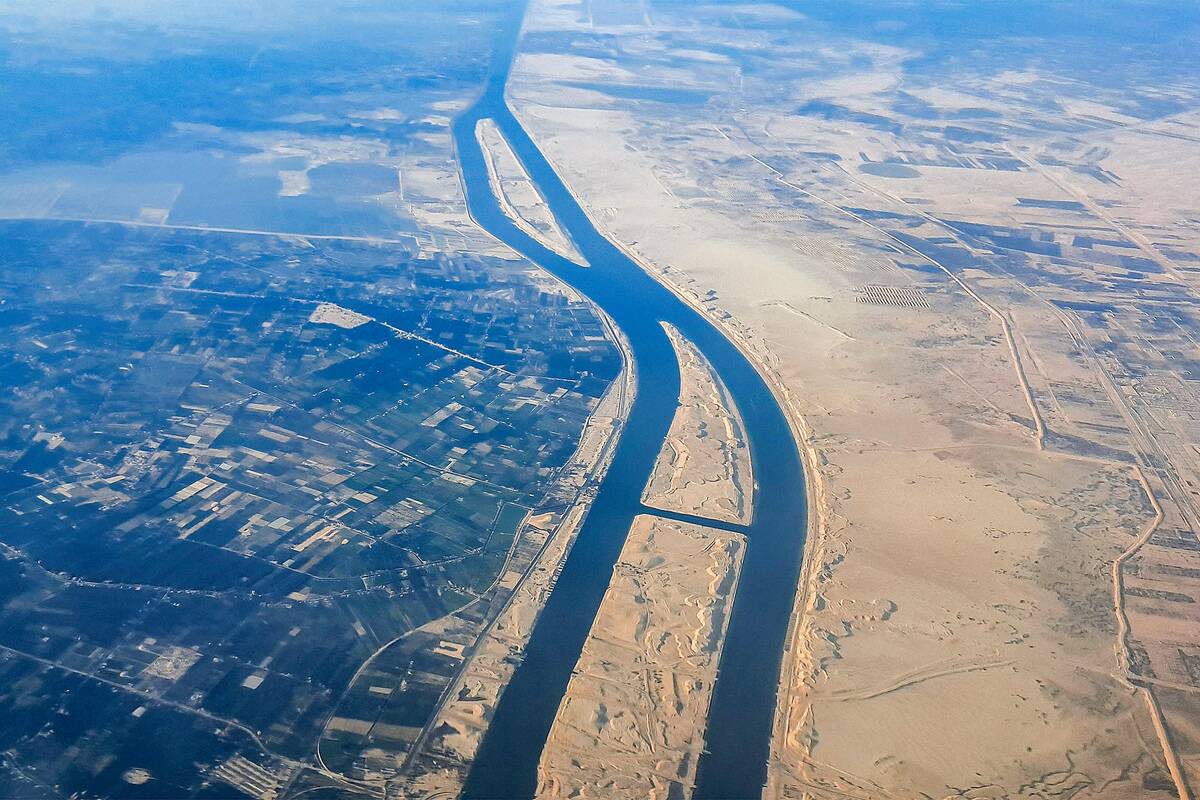
To accommodate the growing size of modern vessels, the Suez Canal has undergone several modernization projects. These efforts include widening and deepening the canal to ensure it remains a vital artery for global trade.
The construction of a parallel channel in 2015 helped to increase capacity and reduce transit times. These upgrades are crucial as the shipping industry continues to evolve with larger and more efficient ships.
The Ever Given Incident: A Reminder of the Canal’s Global Impact
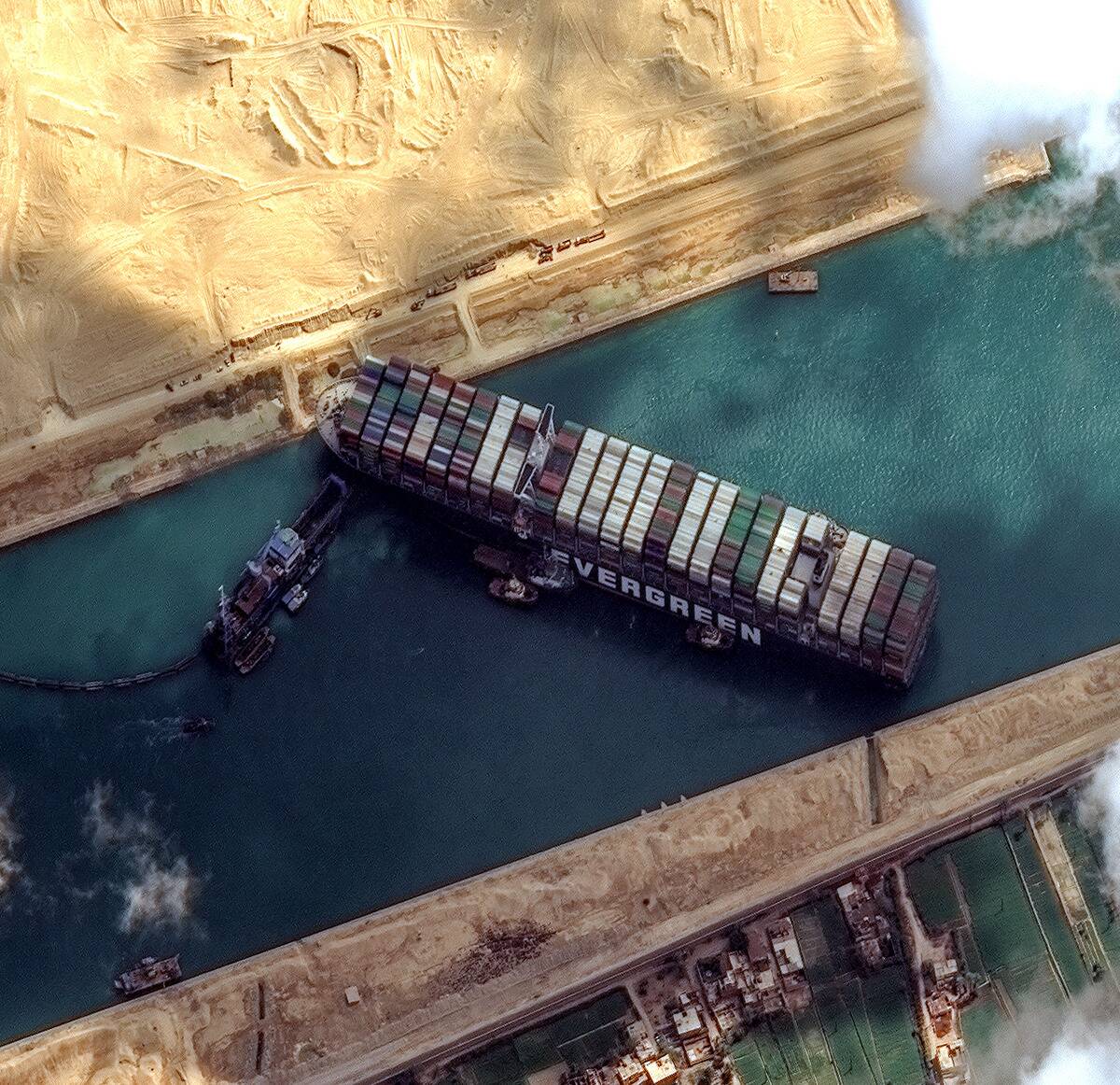
In March 2021, the world was reminded of the Suez Canal’s importance when the Ever Given, a massive container ship, became lodged in the canal. This incident halted traffic for six days, causing significant delays in global shipping and billions in trade losses.
The blockage underscored the canal’s critical role in international trade and the potential vulnerabilities in global supply chains.
Looking Ahead: The Future of the Suez Canal
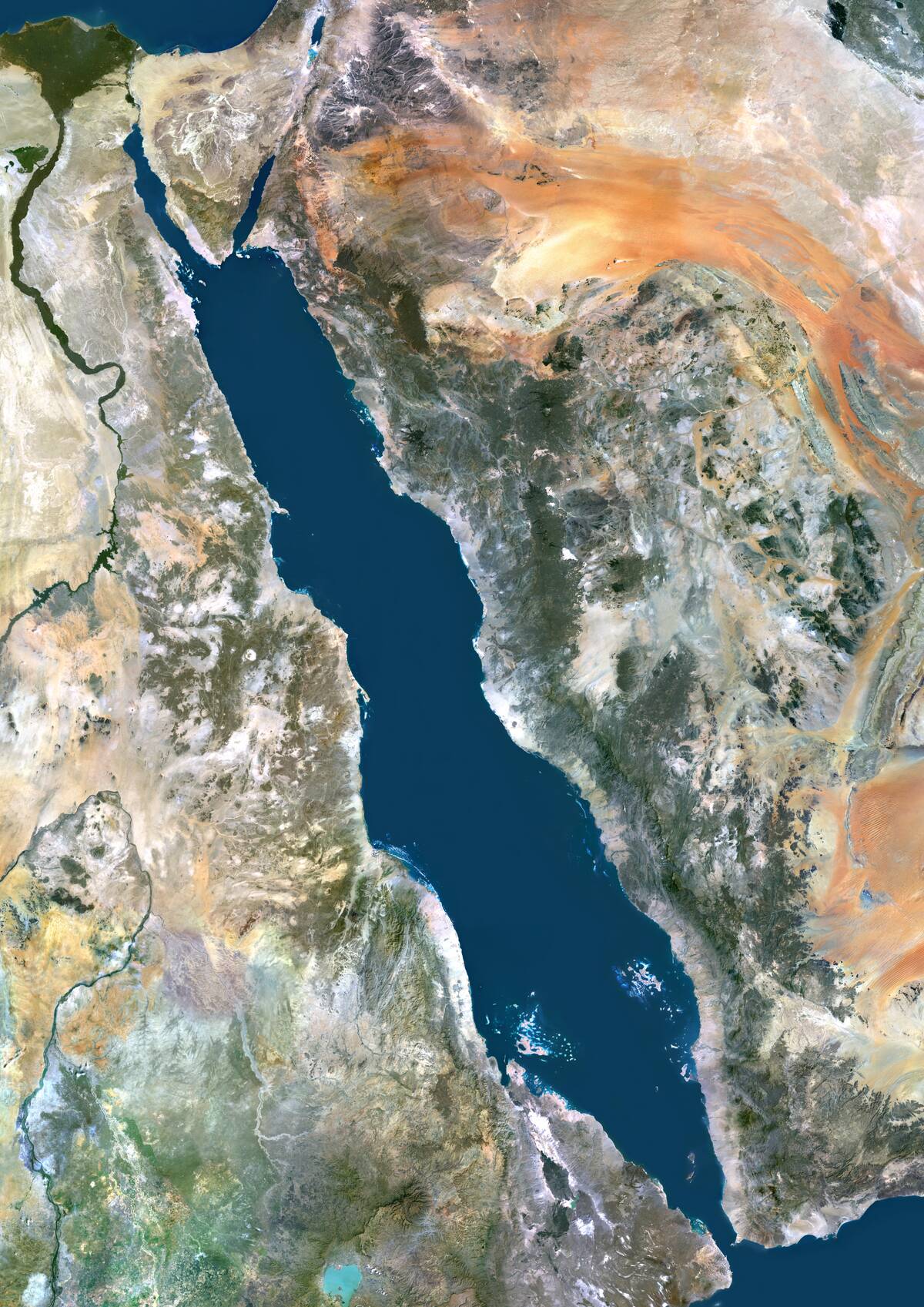
As global trade continues to grow, the Suez Canal will remain a crucial link in the maritime network. Future plans include further expansions to accommodate even larger vessels and increased traffic.
The canal’s management is also focusing on technological advancements to improve navigation and safety. As the world changes, the Suez Canal will adapt, continuing to be a testament to human ingenuity and a pivotal point in global commerce.



